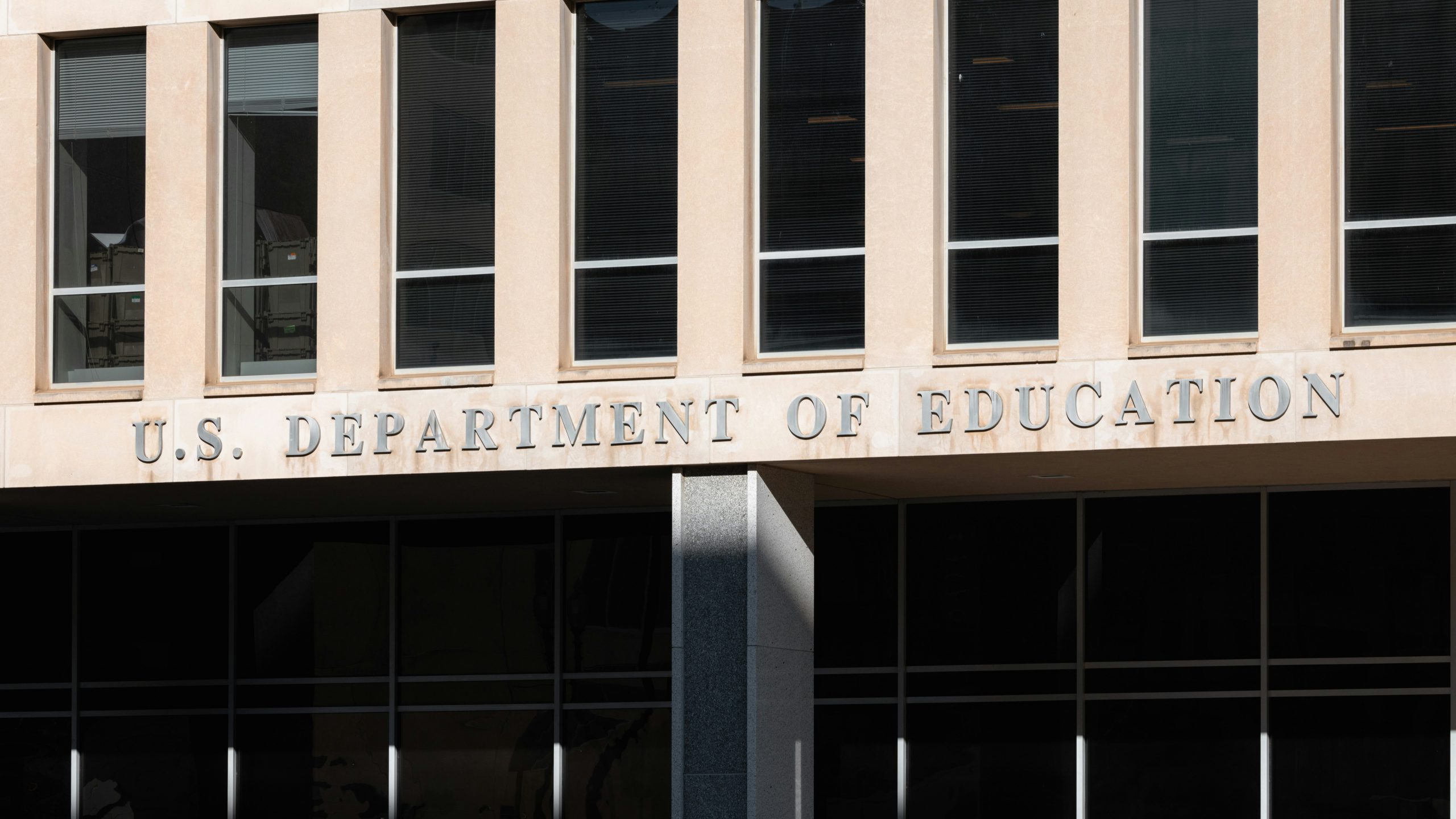When Physicians Seeking PSLF Should NOT Use Income-Driven Repayment

If you’re familiar with Public Service Loan Forgiveness (PSLF), it’s likely you know that the optimal path to savings is an Income-Driven Repayment (IDR) plan. That’s the message the majority of resources today convey; from Advisors to the media and beyond. While this is true for the vast majority of borrowers, it’s actually NOT always the case.
In this update, we’ll focus on the exceptions to this rule.
Practicing physicians – and in general, households with high income – may end up paying down all of their debt in an IDR before 10 years is complete. In these cases, you have the option to switch to a 10-year “Standard” (or equivalent) plan. The PSLF Form specifically states that qualified repayment plans include any IDR plan OR, “The 10-Year Standard repayment plan, or any other Direct Loan repayment plan (except Alternative Repayment), if those payments are at least equal to the monthly payment amount that would be required under the 10-Year Standard Repayment plan.”
Ok, probably not a good place to end this blog, as a lot of the nomenclature around PSLF is foreign to most borrowers. Let’s look at an example:
A physician who recently transitioned to practice now has an income of $350k. She was on REPAYE/SAVE during training for less than $300/month, but this IDR payment is set to increase to $2575 upon recertification. Her original debt was $175,000, on which the 10-year Standard payment was $1975/month. Obviously, she opted for an IDR plan during training for payment relief… but now, SAVE no longer makes sense, as the 10-year payment path will reduce payments by over $7,000 ($600/month) over the next year, and more in future years as her income rises.
How to Implement:
If you never consolidated your loans, you’ll have the 10-year Standard option readily available through your servicer and studentaid.gov. However, if you consolidated your loans and the balance was over $60k, your “Standard” plan will be based on a 30 year payment schedule. To meet PSLF eligibility requirements, you’ll need to:
- Find out your original 10-year Standard payment amount from your servicer, AND
- Switch from REPAYE/SAVE to the “Standard Payment” option (30-year) , AND
- Manually set your monthly ACH withdrawal to the 10-year amount.
Important Considerations:
- Tax Filing Status: If your spouse earns an income, particularly a high one, you may be considering Married Filing Separately to keep your IDR payments lower for PSLF. By using this 10-year Standard strategy, you can avoid this costly workaround.
- For those who never switched to SAVE and are utilizing IBR or PAYE, a 10-year payment cap is automatically applied, therefore they don’t need to change plans.
BenElevate is available to help physicians, APPs, and their employers navigate PSLF, maximize savings, and streamline requirements.
Employers: Schedule a demo of our enterprise offering here.
Borrowers: Register for support from our team here.
‘til DEBT do us part,





Sorry, Comments are closed!